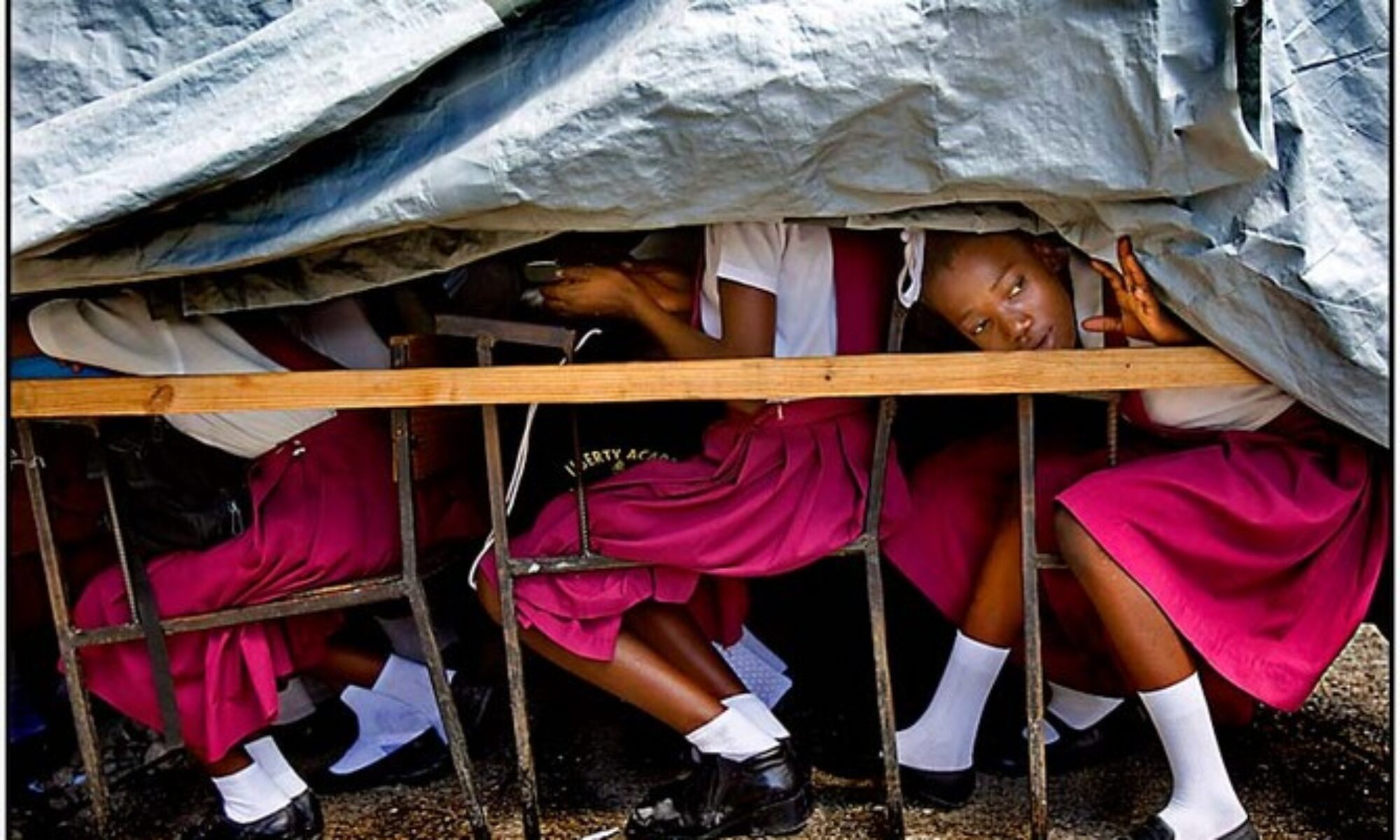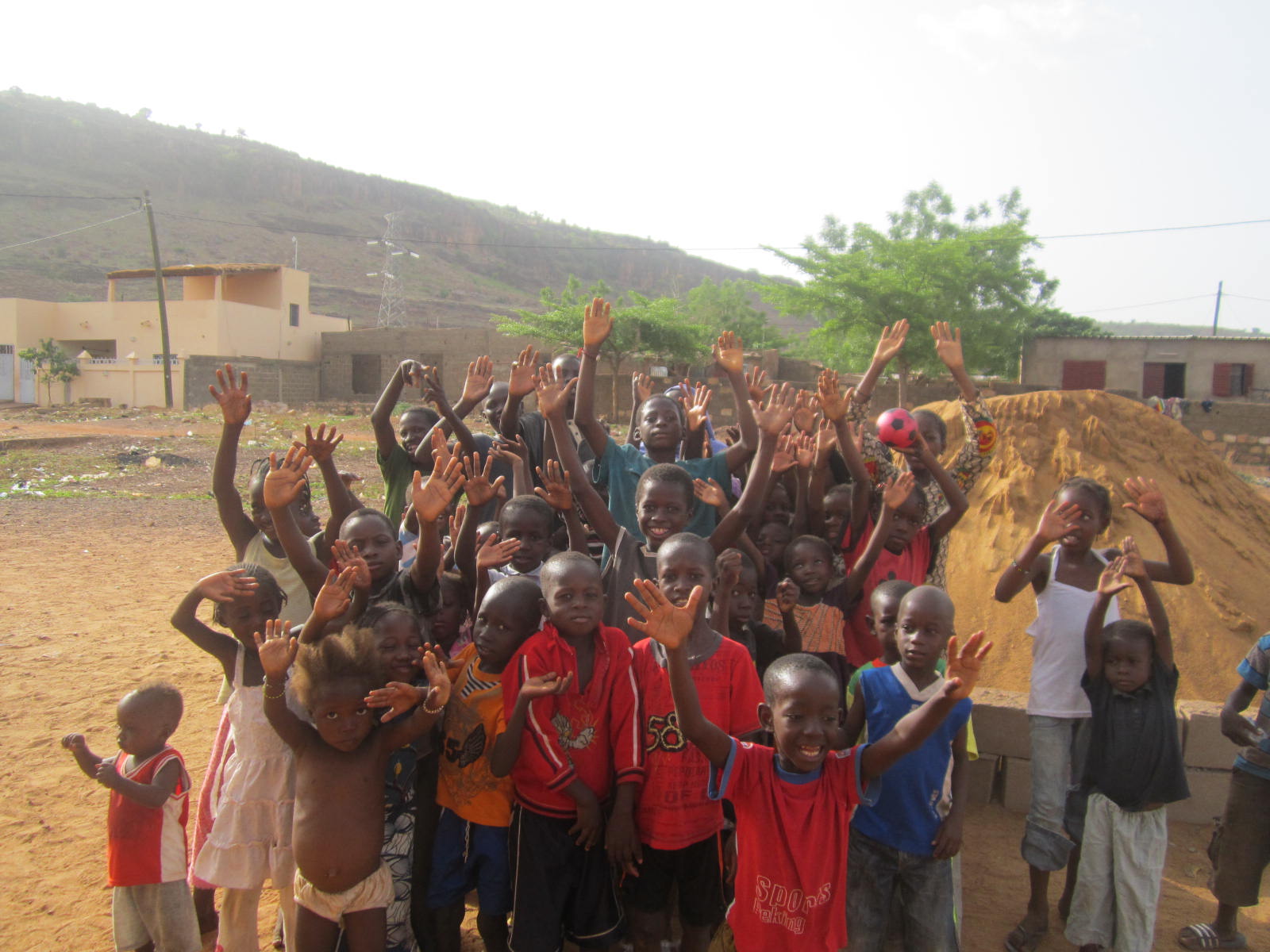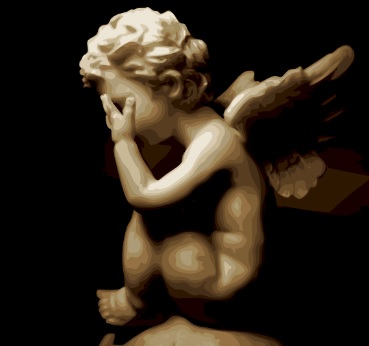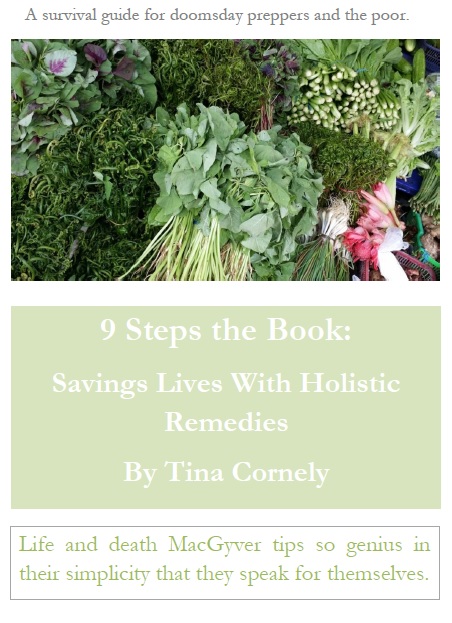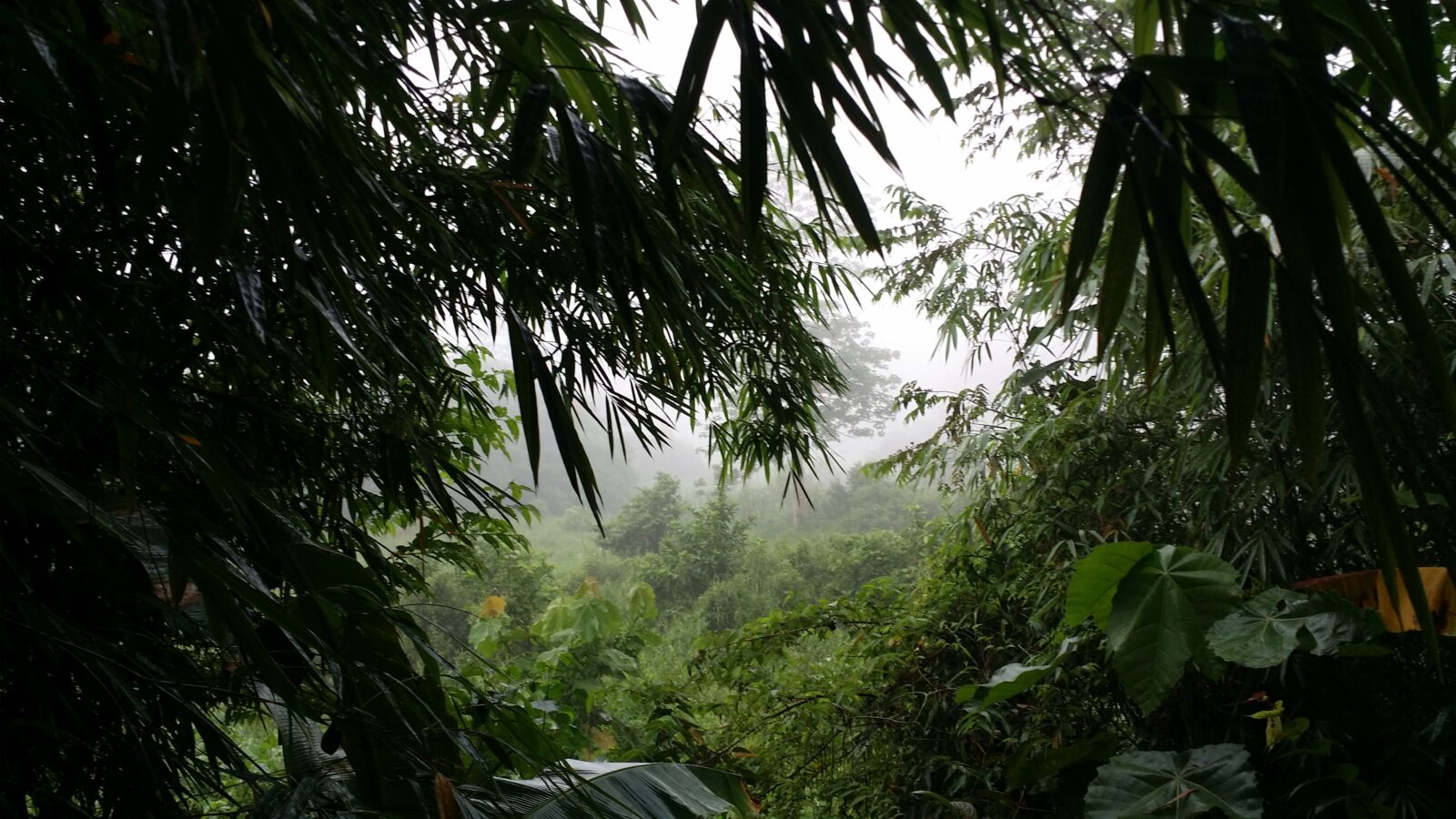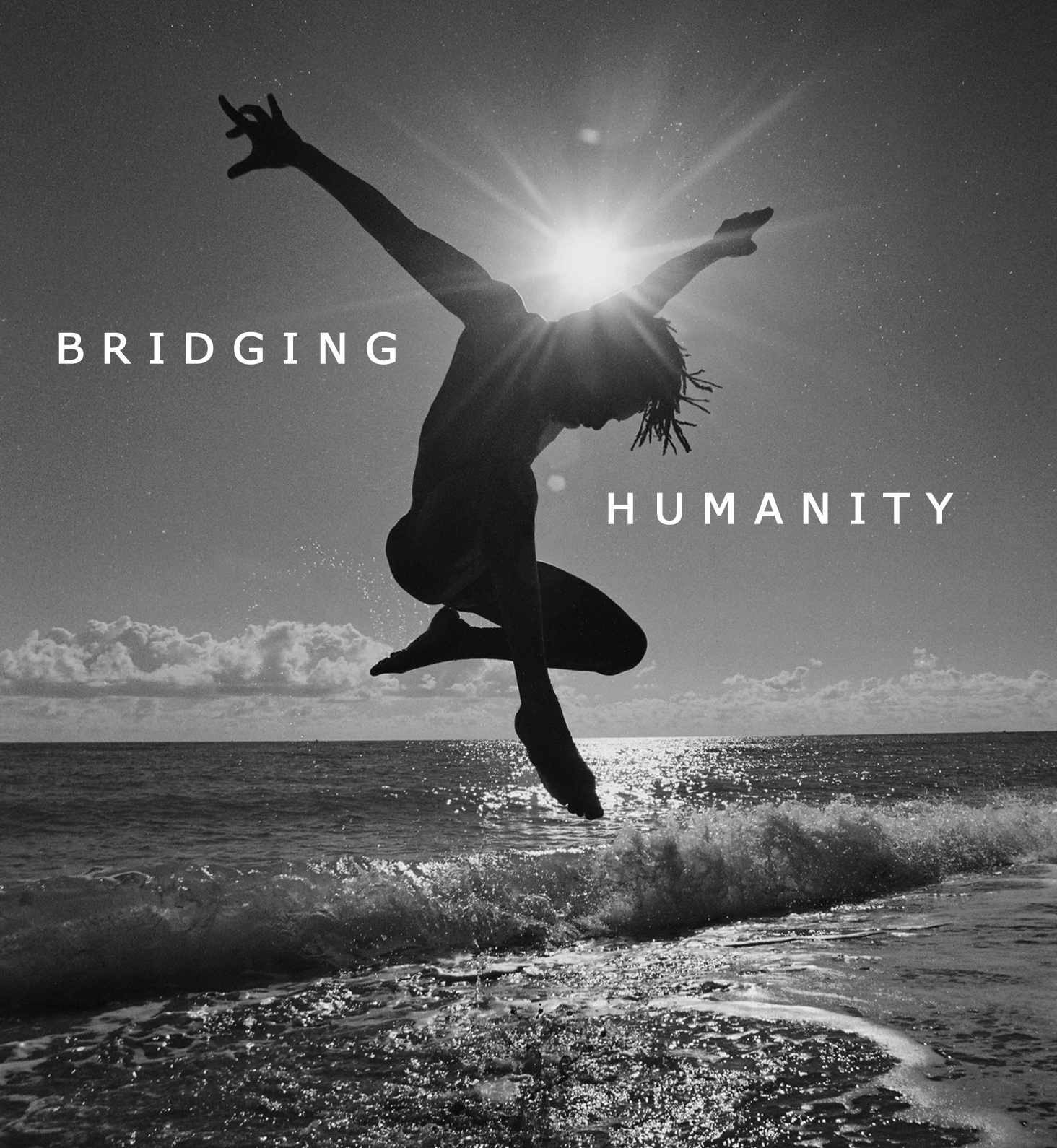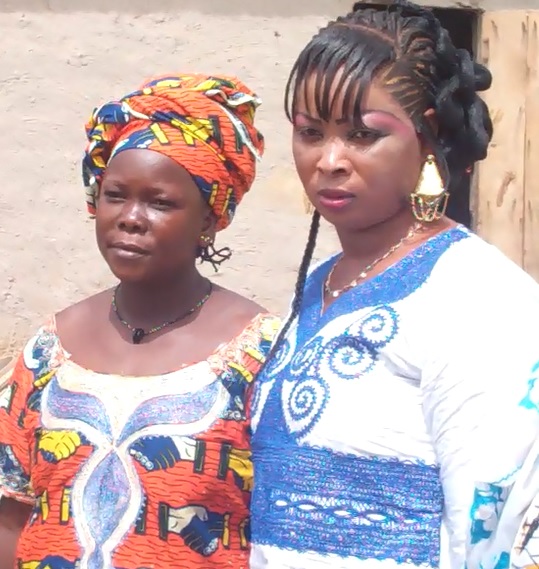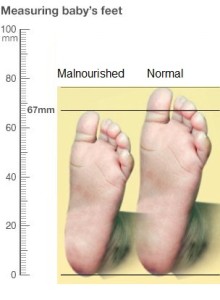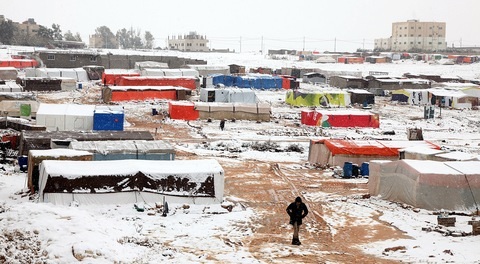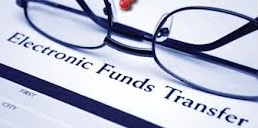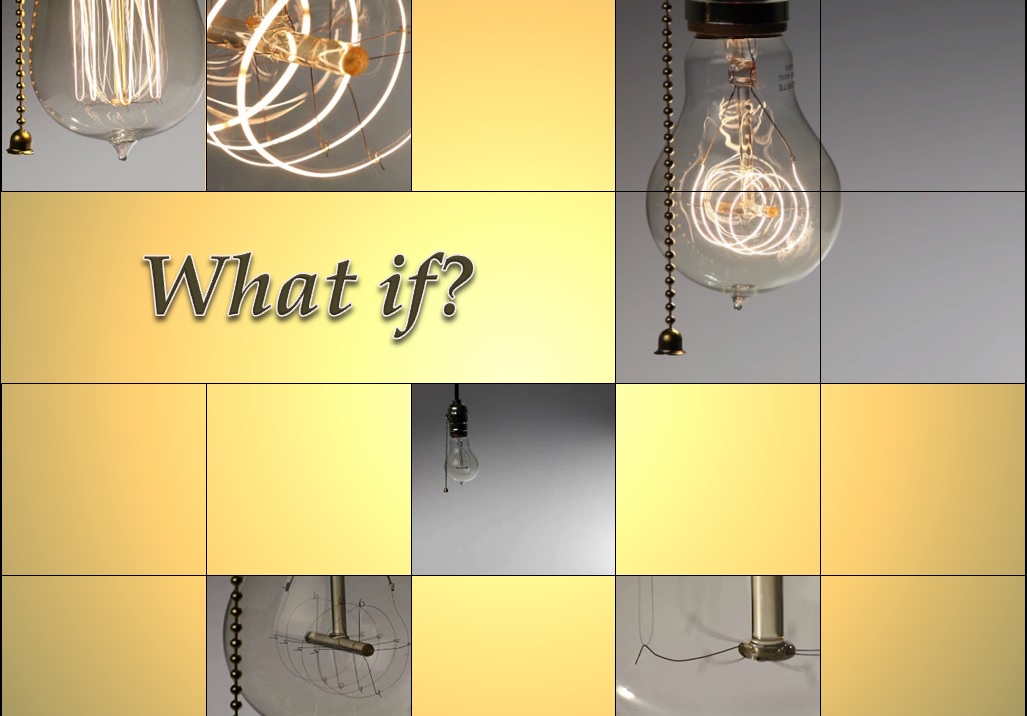As the Ebola outbreak continues to spread, parallels and lessons can be gleaned when comparing the Ebola virus with HIV. For instance HIV they both can be spread by unprotected sex and in the case of Ebola by customary African burial practices. Scientists are now saying Ebola is airborne and can stay alive on surfaces for up to two weeks. All it takes is having a compromised immune system and touching an infected person’s sweat or a tear and then touching one’s eyes. Unfortunately for the grieving families, their departed ones are at their most infectious right after death when contagious fluids are seeping out of every pore and orifice. The clincher here is with an incubation period from a week up to less than 3 weeks Ebola spreads 100 times faster than untreated HIV.
What have we learned from our past efforts? The 3 non negotiables: Prevention. Treatment. Containment.
Prevention: A first line of defense is to choose a healthy lifestyle that promotes a strong immune system. Easier said than done for impoverished people living in Africa. But as a general rule of thumb all Ebola health care workers should not be over 45 years (age derived from recent study by Dr. John Schieffelin) and their immunity must be checked regularly so the ones with weakened immune systems are not assigned to treat Ebola cases. Particularly the ones that have to handle the deceased and their bed linens and the ones that are continually exposed to chlorine or doused in chlorine. Chlorine will weaken your immune system and lower your body’s blood pressure. As such health care workers that are exposed to Chlorine must get checked regularly, need to stay hydrated and should take Vitamen C and Echinacea as a preventative measure. So how do you maintain a healthy immune system? Following are a couple of pointers:
1. Drink plenty of non chlorinated clean water or if necessary (according to the WHO) boil for a minute to purify. Stay away from sugary drinks.
2. Don’t smoke and if you drink, do it moderately (anything in excess can kill you).
3. Avoid highly processed foods like white sugar, white flour and white salt (unless it is sea salt). Eat a balanced diet (preferably small quantities throughout the day) of fresh fruits, nuts, leafy vegetables (including some raw veggies like moringa, broccoli-promotes healthy liver, asparagus, spinach, beet greens, brussel sprouts), whole grains, chickpeas and meals that are low in saturated fat. The above veggies will promote healthy immune system, liver, blood cells and adrenal glands.
4. Proper hygiene. Use healthy home made soaps and use aloe as a natural hand sanitizer. Aloe is antibacterial, antifungal and antiviral.
5. Exercise.
6. Control your blood pressure and make sure your pH is balanced. If you are doing all of the above, your blood pressure and pH should be balanced.
The second line of defense in prevention is proper gear. Recently CNN posted an article regarding 22 year old Fatu Kekula a Liberian nurse student who cared for her entire family through Ebola. Moreover 3 of her 4 patients survived and Fatu was only using improvised protective gear. The CNN article released on September 26, 2014 stated the incident happened 2 months ago. Remarkably Fatu did not contract Ebola. It is important to note that it appears that Fatu did not have to treat the deceased body of her younger cousin as her family was eventually transferred to a hospital. It is fair to say that what kept Fatu safe is a combination of factors; her healthy immune system, hand washing, her makeshift gear, timing ie high humidity and heat when they were sick (the airborne Ebola virus dies quicker when it is humid and the temperature is above 29 celcius/84 fahrenheit) and she did not have to handle the remains of the deceased. The rain coat, plastic garbage bags she used on her feet, hands, head and the face mask weren’t perfect but they did keep her safe. As an added precaution she could have added aloe gel, active carbon or silver colloidal solution to the inside of her facial mask or bandana. Also using an antibacterial nasal spray in both nostrils before gearing up and afterwards is an extra safety bonus. Eyeglass wear is not perfect for protecting the eyes but in absence of proper gear, it will suffice. Consider a DIY hood shield mask made out of a retrofitted 2 liter plastic bottle, plastic bags, filtered straw breathing apparatus and a piece of moss (for humidity and air purification). Peat moss is used as a natural pool water filter. See picture of low tech Hazmat Suit down below.
Another consideration is to use wool garments for the patient and the care givers because wool is breathable, water repellent, moisture absorbent, keeps bacteria out, is temperature regulating and hypo allergenic. It is more comfortable than plastic by far. Doomsday Preppers Advisory! Retrofitted plastic bags, snorkel and mask with a filter attached to the end, motorcycle helmet reinforced with antibacterial filter, ski gloves, masks and caps made out of wool would make great low tech Hazmat solutions for emergency situations.
The third line of defense in prevention is hygiene. Extra care and precaution must be taken when suiting up or down and hand washing before putting on protective gear and afterwards is a must. Natural soap can be made by soaking peeled yucca root or from soap seeds. Natural aloe gel is a good hand sanitizer. Upon removal, protective gear and clothes must be immediately sterilized by boiling for 1 minute or washing in clorox. Portable UV lights can also be used for sterilization. For people living in areas where Ebola is prevalent please take extra precaution by carrying fresh aloe with you at all times. Please be vigilent when traveling by taxi and other means of public transportation because families often use taxis to take sick relatives to the hospital. Most importantly DO NOT RUB YOUR EYES, NOSE, EARS OR PUT YOUR FINGERS IN YOUR MOUTH! Areas of the body that absorb the quickest are under your arms, eyes, nostrils and area around your nose, forehead and your private areas.
Treatment: According to Dr. John Schieffelin’s study the sooner the patient is treated the better their chances are of survival. For example, 33% of patients with less than 100,000 copies of the virus per milliliter of blood at diagnosis ultimately died, compared with 94% mortality in those whose blood had more than 10 million copies per milliliter.
At the moment there are 3 known treatments for Ebola. The oldest known cure is to inject the blood from a patient who survived Ebola. And administering vaccines like Zmapp and VSV-EBOV. Now what can a person like Fatu do in a low tech setting? Following are some pointers. Tie a bandana soaked in aloe gel around the infected person’s mouth and nose. Get some wool long johns for the sick to wear (wool will mitigate spreading) or a wool blanket, and have them sleep under a mosquito net that has been treated with citronella and aloe. The mosquito net will function as an air filter/purifier and containment. Make a tent with a sheet if you do not have a mosquito net. Remember the heat and sweat from their bodies will attract mosquitos. Keep the patient hydrated with clean water or give them coconut water which is full of electrolytes. You can add a pinch of salt to the water if their blood pressure is low or take rosemary or sage tea to raise their blood pressure. If you have pure baking soda, mix ¼ teaspoonful of baking soda in ½ cup water and give this to the patient. This will improve the body’s pH and make the environment less hospitable for the virus. If the patient can’t hold anything down then place a wash cloth soaked in any of the above on the forehead, underarms or belly button as it will get absorbed and help balance the pH. Feed them mashed chick peas or healthy peanut butter. Foods high in Omega 3s play a huge role in endothelial health (blood vessels) so give them leafy greens, beet greens mixed with hard boiled egg and sprinkle with grapeseed or safflower oil (known to be good for treating Ebola). You can add moringa (nature’s best multi vitamin) to a salad or mix with hummus or peanut butter. Make sure the patient eats small portions throughout the day. Echinacea and honey suckle tea are known for treating Ebola as well as bitter kola and brazil nuts both contain selenium which is good for promoting healthy liver and adrenal glands.
Containment: First and foremost Ebola is a BSL4 rated disease so make sure your equipment is correctly rated. Click here for more information on Infection Prevention and Control Recommendations for Hospitalized Patients with Known or Suspected Ebola Virus Disease in US Hospitals.
Following is a list of infection control procedures for low tech settings. First line of defense in containment is when you suspect a family member has Ebola, get all young kids and elderly out of the house and have them stay with relatives.
Second line of defense in containment is to get the person who has Ebola to a hospital. To do this the chaperone and patient must wear protective gear and the interior of the vehicle must be adequately protected with a tarp where the patient will sit. Then call the hospital and announce that you are bringing a person with Ebola and ask for delivery instructions as they may have a designated area for incoming Ebola patients. Protective gear can be eye wear, motorcycle helmut, rain coat, golashes, gloves (preferably doubled up), taped on garbage bags, bandana that has been applied with aloe gel as a face mask or a make shift shield mask made from a 2 liter soda bottle. See image below.
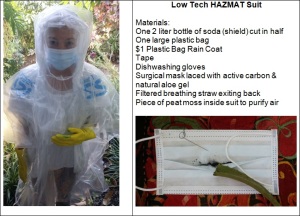
The patient should be covered with a sheet or wool blanket, a raincoat, plastic bag or tarp. Proper disrobement protocol, car decontamination and house decontamination must be strictly applied. Extra precaution will be required when handling feces, vomit, urine, mucous, spit, semen, blood, tears or sweat. In a low tech setting care givers must always be suited up when handling infected excretions and place material in a garbage bag (double or triple if thin). Warning! Do not use clorox to clean urine as the mixture created is toxic! Use Thymol instead which is made out of Thyme or a natural disinfectant made from soaking orange, lime or lemon peels in vinegar. To dispose infected excretions locate a remote area away from rivers, farm land and villages and dig a hole that is at least 3 feet deep. Place the plastic bag in the hole, cover with soil and mark the area with rocks/sticks and a sign (use the universal skull and cross bones). House should be disinfected, sheets, patient’s feeding utensils should all be sterilized. When washing clothes and sheets boil for one minute. The same goes for cookware.
The third line of defense in containment is how to deal with family and visitors. Keeping family away from an infected patient is not easy. If allowed, visitors must be properly suited up, suited down after visitation and proper decontamination procedures must be followed. Not an ideal situation in limited settings. An interim solution is to allow visitors to speak to the patient on a speaker phone by the caregiver.
The fourth line of defense in containment is how to bury the dead. Another not so easy feat in countries steeped in cultural traditions. Respect, diplomacy and careful consideration must be adapted in these types of sensitive situations. Wrapping the deceased in a wool blanket, shrink wrapping and taping for extra added security is probably the safest method for a low tech burial. Local clerics or close family members can help mitigate these drastic measures with the families of the deceased.
For more information on the Ebola Virus Disease infection and modes of transmission, see the CDC Ebola Virus Disease Website and for the latest updates on Ebola click here.
If anyone has any additional low tech life saving information you would like to share, please provide in the comment section below.
3 Non Negotiables When Treating Ebola Share on X